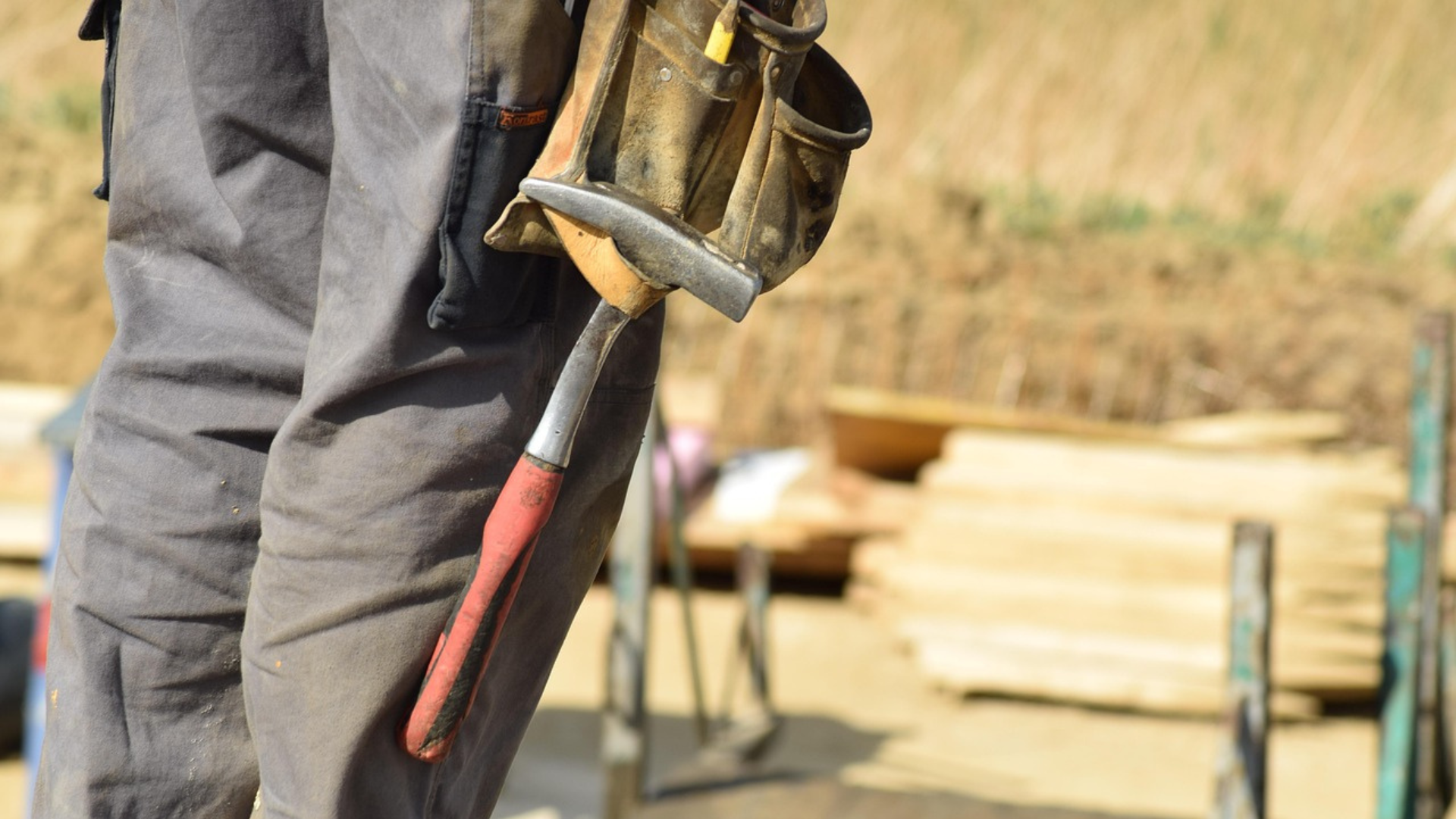The year 2020 brought with it two epidemics that have caused the premature and disproportionate deaths of Black and Brown Americans: the start of the COVID-19 pandemic and a slew of publicized police killings and racially motivated murders—Elijah McClain, Breonna Taylor, Tony McDade, Rayshard Brooks, Ahmaud Arbery and George Floyd. Public outrage mounted as these and other lives were stolen at the hands of law enforcement, and George Floyd’s death, in particular, caused a tipping point leading to protests all over the country and world. Shortly after, the death of Dr. Susan Moore, a Black woman who posted a video on social media recounting the racial discrimination she experienced from a white doctor and colleague while being hospitalized for COVID-19, demonstrated the common, pervasive inequities experienced by Black and Brown communities and spurred more outrage from the medical community.
The year 2020 brought with it two epidemics that have caused the premature and disproportionate deaths of Black and Brown Americans: the start of the COVID-19 pandemic and a slew of publicized police killings and racially motivated murders.
As a result of these events and subsequent calls for accountability, reform, and equality, states, counties, cities, educational entities, professional societies, health departments and boards of health began making resolutions and declarations of racism as a public health crisis. The American Public Health Association (APHA) has tracked 233 documented acknowledgments thus far, with California (34), Ohio (27), Connecticut (23), Massachusetts (19), and Michigan (19) being the top 5 states with the highest number of declarations.[1]

These public acknowledgements are certainly encouraging and are a foundation for more robust advocacy to advance racial equity. However, it is critical that anti-racism efforts do not stop short of real action steps. Declarations and resolutions are often well-intentioned, but can harm other current community efforts if public attention is diverted to government leaders and institutions and away from the labor of community leaders and organizers who were already engaged in anti-racist work.[2] Current community efforts are obscured when declarations are merely performative. This can often give the appearance of progress or weaken the effectiveness of existing work when impacted communities and advocates are not consulted or their recommendations and ideas are ignored.
Concrete, actionable plans must still be funded
An analysis of the 125 adopted declarations in 25 states conducted in September 2020 reviewed stated action items and funding allocations. That study found that steps for action were frequently missing altogether.[3] “Passive” action steps were defined as those that “convey a commitment to advocate for equitable policies and facilitate discussions on the impacts of systemic racism but fail to mention how municipalities explicitly plan to make equitable decisions moving forward”.[4] “Active” action steps were defined as those that included “specific plans to enact equitable and systemic changes in neighborhoods and school districts as well as community investigations and future investment.” For those declarations that did outline future strategies for action at the time of the analysis, researchers found that municipalities in nine states committed to taking more passive steps, while those in 16 states committed to taking more active steps.[5] Additionally, 22 of the 125 resolutions (17.6 percent) discussed plans for funding initiatives or actions, but most were also passive, and described by researchers as “an investment consideration, a vague suggestion of budget reallocation, or merely a recognition of the need to acquire funds somehow”.[6] Only four municipalities explicitly included the amount of funds they planned to allocate.
Twenty-two of the 125 resolutions discussed plans for funding initiatives or actions.
One year later in October 2021, the APHA conducted its own analysis of strategic action steps of the then 198 declarations. APHA found that commitments to using a racial equity lens to review organizational policies and programs and promoting equity in future policies and programs was the most frequent strategy, outlined in nearly half the declarations.[7] Other top categories included:
- Identify specific activities to increase diversity and incorporate antiracism principles across leadership, staffing, or contracting
- Advocate at the local, state and federal levels for policies that directly address systemic racism
- Forming and strengthening partnerships with community groups and organizations that are addressing racism
- Advocate for policies that improve health for communities of color
Acknowledgement of a problem with no action yields the same result as having denied the problem exists.
While these are all noble resolutions, decisionmakers must make concrete plans with actionable steps to meet objectives and ensure the advancement of racial equity.

Declaring racism as a public health crisis is an important step. However, acknowledgement of a problem with no action yields the same result as having denied the problem exists. The conversation of racism’s existence has been had over many lifetimes, so this is no novel discovery. It is clear that the eradication of racism will not immediately follow our acknowledgement of its existence, evidenced by the fact that we are still in the fight to eliminate it. Broad overarching goals and policies are at best a band-aid solution to symptoms of racism, and at worst give a false sense of resolution, while those oppressed by racism continue to be harmed. Action is a must. Declarations are not enough.
[1] APHA. (2021). Racism is a Public Health Crisis. https://www.apha.org/topics-and-issues/health-equity/racism-and-health/racism-declarations
[2]Paine et al. (2021). Declaring Racism a Public Health Crisis in the United States: Cure, Poison, or Both? Frontiers in Public Health. https://www.frontiersin.org/articles/10.3389/fpubh.2021.676784/full#T3
[3] Mendez et al. (2021). Racism as Public Health Crisis: Assessment and Review of Municipal Declarations and Resolutions Across the United States. https://www.frontiersin.org/articles/10.3389/fpubh.2021.686807/full
[7] APHA. (2021). Analysis: Declarations of Racism as a Public Health Crisis. https://www.apha.org/-/media/Files/PDF/topics/racism/Racism%5FDeclarations%5FAnalysis.ashx



.png)
.png)



